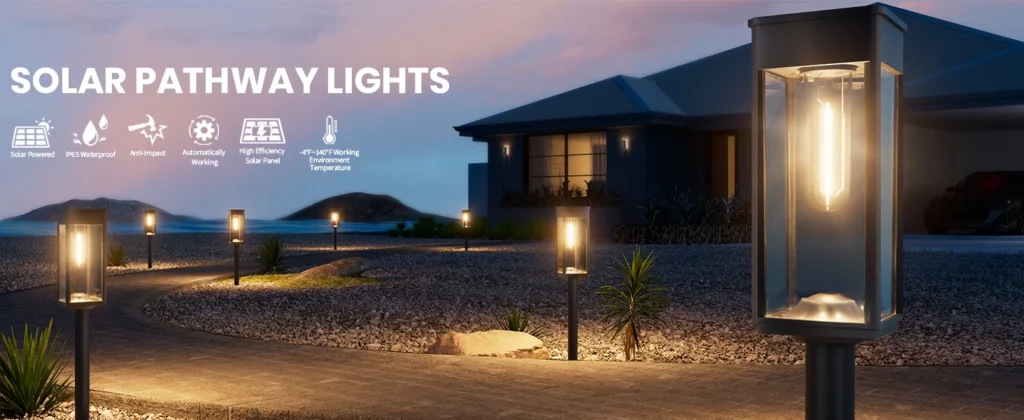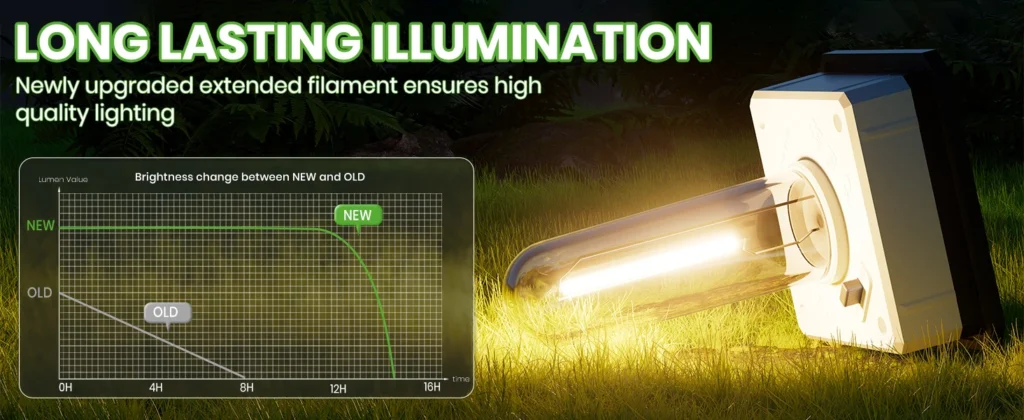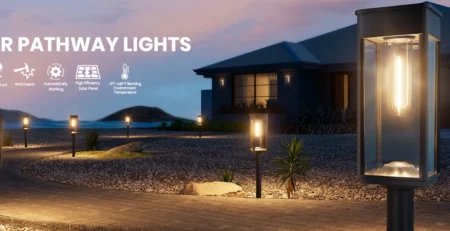Solar Light Batteries Powering Outdoor Adventures
Understanding Solar Light Batteries
Solar light batteries are the heart of solar-powered lighting systems, transforming sunlight into stored energy to illuminate outdoor spaces. Whether you’re lighting up a garden path, enhancing campsite ambiance, or ensuring safety with motion-sensor lights, these batteries make eco-friendly, cost-effective lighting possible. This article dives into the essentials of solar light batteries, exploring their types, workings, maintenance, and practical tips to maximize performance for travelers and outdoor enthusiasts.

Solar Light Batteries: The Basics
Common Types of Solar Light Batteries
Solar light batteries come in various forms, each suited to different needs and environments. The most common types include:
- Nickel-Cadmium (NiCd): Known for durability and affordability, NiCd batteries are widely used in budget-friendly solar lights. They perform well in extreme temperatures but have a lower energy density and can suffer from the “memory effect,” reducing capacity if not fully discharged before recharging.
- Nickel-Metal Hydride (NiMH): A popular choice for modern solar lights, NiMH batteries offer higher capacity and are more environmentally friendly than NiCd. They provide better performance in moderate climates and are less prone to memory effect, making them ideal for consistent outdoor use.
- Lithium-Ion (Li-ion): Found in high-end solar lighting systems, Li-ion batteries boast high energy density, lightweight design, and longer lifespans. They excel in portable solar lights for camping or travel but require careful handling to avoid overcharging or overheating.
- Lithium Iron Phosphate (LiFePO4): A newer option, LiFePO4 batteries combine safety, longevity, and thermal stability. They’re increasingly used in premium solar lights for their ability to withstand harsh conditions, making them perfect for rugged outdoor adventures.
Each type of solar light battery has unique strengths, so choosing the right one depends on your travel needs, climate, and lighting requirements.
How Solar Light Batteries Work
At their core, solar light batteries store energy generated by photovoltaic (PV) panels during the day for use at night. The process involves:
- Energy Collection: Solar panels convert sunlight into electricity via the photovoltaic effect.
- Energy Storage: The generated electricity charges the battery, typically through a charge controller to prevent overcharging.
- Energy Release: At night, the battery powers the LED lights, providing illumination without relying on external power sources.
The efficiency of this process depends on the battery’s capacity (measured in milliampere-hours, mAh), the quality of the solar panel, and external factors like sunlight availability. Understanding this mechanism helps travelers select reliable solar light batteries for consistent performance.
Factors Affecting Solar Light Battery Performance
Environmental Conditions
The performance of solar light batteries is heavily influenced by environmental factors, especially for travelers exploring diverse climates:
- Sunlight Exposure: Batteries rely on solar panels to charge, so limited sunlight in cloudy regions or during winter months can reduce charging efficiency. For example, a study by the National Renewable Energy Laboratory (NREL) found that solar panel output can drop by 20-30% in overcast conditions.
- Temperature Extremes: High temperatures can accelerate chemical reactions in batteries, reducing lifespan, while freezing temperatures can slow charging and discharge rates. NiCd batteries perform better in cold climates, while Li-ion batteries thrive in moderate conditions.
- Dust and Debris: Accumulated dirt on solar panels can block sunlight, hindering charging. This is a common issue in dusty or sandy environments, like deserts, where regular cleaning is essential.
Travelers should consider their destination’s climate when selecting solar light batteries to ensure reliable performance.
How you use and maintain solar light batteries impacts their efficiency and longevity:
- Charging Cycles: Overcharging or deep discharging can degrade battery health. Using a charge controller or smart solar light system helps regulate charging.
- Storage Practices: Storing solar lights in extreme conditions (e.g., high heat or humidity) when not in use can damage batteries. Travelers should store batteries in cool, dry places during off-seasons.
- Usage Frequency: Frequent use without adequate charging can strain batteries, especially in low-sunlight areas. Balancing usage with sufficient charging time is key.
Adopting good habits, like regular cleaning and proper storage, can significantly extend the life of solar light batteries.

Practical Maintenance and Lifespan Extension Tips
Daily Maintenance Tips
Proper care of solar light batteries ensures optimal performance and longevity:
- Clean Solar Panels Regularly: Wipe panels with a soft cloth to remove dust, dirt, or debris that blocks sunlight. This is especially important in dusty or coastal areas.
- Check Battery Connections: Ensure battery terminals are clean and secure to prevent power loss. Corrosion can occur in humid environments, so inspect periodically.
- Store Properly During Off-Seasons: When not traveling, store solar lights and batteries in a cool, dry place to avoid temperature-related damage.
- Monitor Charging: Avoid leaving batteries in direct sunlight for extended periods after they’re fully charged, as this can cause overheating, especially in Li-ion batteries.
Handling Common Issues
Travelers may encounter issues with solar light batteries, but many can be resolved with simple troubleshooting:
- Dim or No Light Output: If the light is weak or doesn’t turn on, the battery may be undercharged. Place the light in direct sunlight for a full day. If the issue persists, the battery may need replacement.
- Short Battery Life: Batteries that drain quickly may be old or damaged. Check the battery’s age—most solar light batteries last 1-3 years, depending on the type. Replace with a compatible battery if needed.
- Charging Issues: If the battery isn’t charging, inspect the solar panel for damage or obstructions. Ensure the panel is angled toward the sun for maximum exposure.
For travelers, carrying a spare solar light battery can be a lifesaver in remote areas where replacements are unavailable.
Conclusion: The Value of Solar Light Batteries
Solar light batteries are a game-changer for travelers and outdoor enthusiasts, offering sustainable, reliable lighting without the need for external power sources. Their eco-friendly nature, cost-effectiveness, and versatility make them ideal for camping, hiking, or exploring off-grid locations. By understanding the types of batteries, their workings, and how to maintain them, you can ensure consistent performance and extend their lifespan. Whether you’re illuminating a campsite in the mountains or a beachside retreat, solar light batteries provide the freedom to light up your adventures sustainably.
From choosing the right battery type for your climate to adopting simple maintenance habits, this guide equips you with the knowledge to maximize the potential of solar light batteries. Embrace the power of solar energy and light up your travels with confidence, knowing you’re contributing to a greener planet.

-1-3-450x231.webp)









Leave a Reply